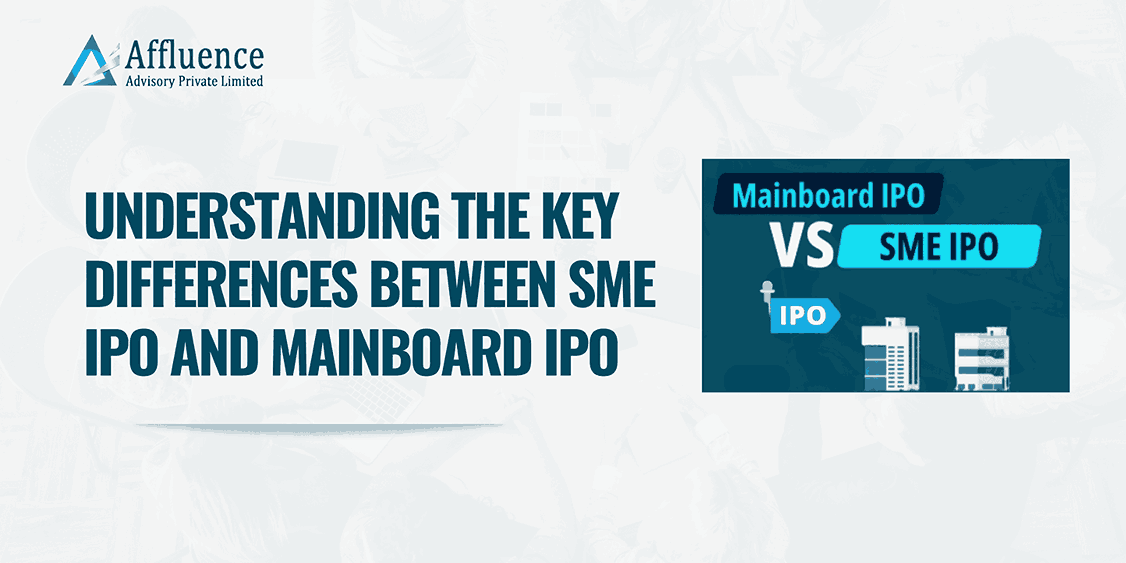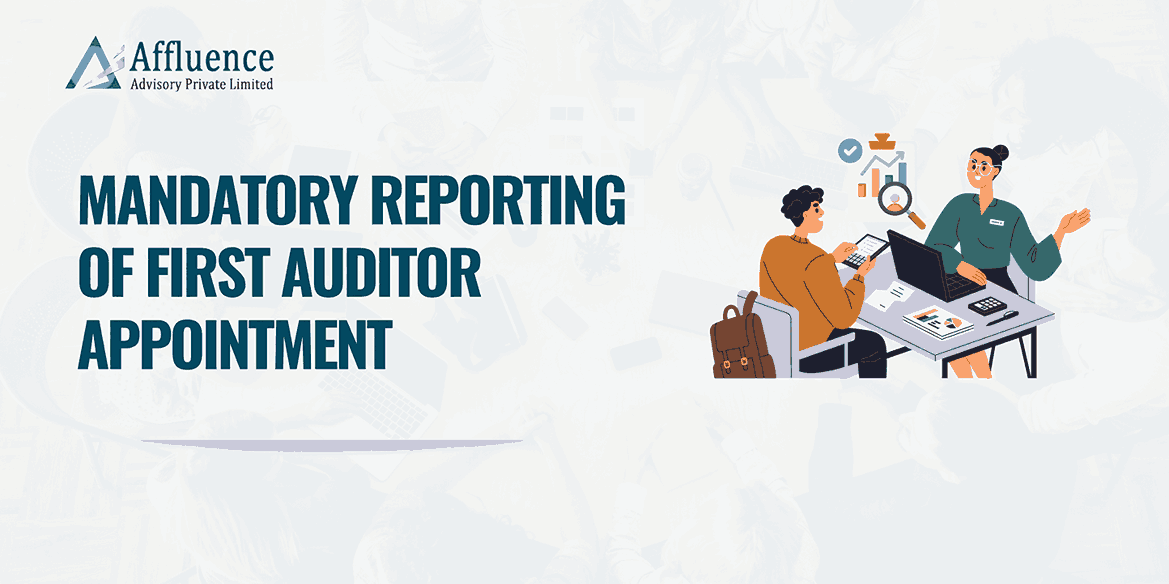Background about SME IPO
The market regulator SEBI vide it’s circular dated May 18, 2010, has provided for the setting up of a stock exchange/ trading platform by a recognized Stock Exchange having a nationwide trading terminal for SMEs. In this context, Chapter XB has been inserted in the SEBI (Issue of Capital and Disclosure Requirements {ICDR}) Regulations, 2009 for the SME platform. SME IPO refers to the initial public offering of small and medium-sized businesses. Instead of pitching to an individual and institutional investor for funds, SMEs can directly tap into the public markets and gain substantial liquidity through IPO.
The initial public offering of small and medium-sized businesses is bringing a paradigm shift to the Indian capital markets. Small and medium-sized enterprises (SMEs) form the backbone of India’s economy. However, they face unfair treatment in terms of funding and access to financial markets.
Lately, SME IPO platforms are gaining pace and rapidly becoming a viable source of finance for entrepreneurs. With the loosening of SEBI regulations, SMEs can raise money without a significant history of profitability or net worth. SMEs can now access capital markets and trade on NSE Emerge and BSE SME platforms.
As a result, many SMEs facing a capital crunch are acquiring improved liquidity, credibility, governance, and transparency without surrendering huge portions of their ownership to VCs and foreign investors.
As we know, Initial Public Offering (IPO) is the process where a company plans to go public for the first time. While most people have heard of big companies like LIC, Coal India, Paytm, Zomato, etc., launching their IPOs, smaller companies can also do the same to increase their capital flow.
On that note, SME IPOs are a growing term among investors inclined to invest in IPOs. So, let’s discuss what SME IPO is and how it differs from mainstream or regular IPOs.
This blog will explain SMEs, SME IPOs, their workings, benefits, and differences from regular IPOs.
What Is an SME?
Small and Medium Enterprises (SMEs) are certain firms or businesses whose workforce, turnovers, and investments fall below a certain threshold.
To be specific, companies with a turnover limit of ₹5 crore to ₹50 crore are considered small enterprises. On the other hand, firms having a turnover of ₹250 crore and less are classified as medium enterprises.
SMEs are crucial contributors to the Indian economy. They also offer job opportunities to a large section of the population and contribute massively to the country’s industrial output and exports.
Several factors contribute to the growth of these SMEs. Some of these factors are as follows.
- Advancement of technology
- Funding and investments by local and foreign investors
- Reduction of barriers to trade
- Government support and ease of doing business
As the name suggests, when a small or medium-sized company announces an Initial Public Offering (IPO) to raise capital, it is known as SME IPO.
They are fairly similar to regular IPOs in concept and process but are smaller in size. As a result, these IPOs are not listed in stock exchanges like the Bombay Stock Exchange and National Stock Exchange. They also have different listing requirements.
In 2012, BSE and NSE opened the Bombay Stock Exchange SME and NSE EMERGE, respectively, to allow the listing of SME IPOs.
These SME IPO platforms are a milestone initiative by SEBI for start-ups and small brands to increase their capital. Once a company becomes popular in the market and rises to an influential position, it can grow its capital by selling its IPO shares. Furthermore, some investors consider SME IPO stocks a fruitful investment as they can deliver high returns with a low initial investment.
Recent trend in SME IPO
In 2022, initial public offerings (IPOs) from companies listed on the main board of the stock exchange halved from last year. But, those from small and medium enterprises (SMEs) saw a stellar performance as their IPOs doubled from last year, all thanks to skyrocketing demand.
In 2022, 108 SME IPOs were launched as against 60 last year while only 36 mainboard IPOs were launched this year as against 64 last year.
The highest demand for SME IPOs came from retail and high-net-worth individuals, who are lured by the promise of multi-bagger listing gains from these IPOs, analysts said, adding that institutional investors largely stay away from these public offerings.
SME companies are listed on the NSE SME and BSE SME platforms of the stock exchanges that launched in 2012. The companies can migrate to the mainboard of the exchange after fulfilling certain conditions. SME companies will have to mandatorily be listed and traded on the SME platform for a minimum of two years from the date of listing before they can migrate to the main board of an exchange, as per SEBI guidelines.
Another difference between SME and mainboard IPO is that institutional investors typically stay away from SME IPOs because of their small size. “There is not much institutional interest in SME issuances. Most of the investors are HNIs and retail institutions typically go for over ₹1,000+ crore market cap companies.
Criteria for SME IPO
Incorporation
The company should have been incorporated under the Companies Act, of 1956.
Financials
- Post Issue Paid-up Capital.
- The post-issue paid-up capital of the company (face value) shall not be more than Rs. 25 crores.
- Net worth
- Positive Net worth.
- Tangible Asset
- Net Tangible Assets should be Rs 1.5 Crore.
- Track Record
- The company or the partnership/proprietorship/LLP Firm or the firm which has been converted into the company should have a combined track record of at least 3 years or
- In case it has not completed its operation for three years then the company/partnership/proprietorship/LLP should have been funded by Banks or financial institutions or Central or state government or the group company should be listed for at least two years either on the main board or SME board of the Exchange.
- The company or the firm or the firm which has been converted into the company should have combined positive cash accruals (earnings before depreciation and tax) in any of the years out of the last three years and its net worth should be positive.
Other Requirements
- The company should have a website.
- It is mandatory for the company to facilitate trading in demat securities and enter into an agreement with both depositories.
- There should not be any change in the promoters of the company in the preceding year from the date of filing the application to BSE for listing under the SME segment.
Disclosures
- A certificate from the applicant company / promoting companies stating the following:
- ” The Company has not been referred to the Board for Industrial and Financial Reconstruction (BIFR).” Note: Cases, where a company is out of BIFR, are allowed.
- There is no winding up petition against the Company which has been admitted by the court or a liquidator has not been appointed.
Some successful SME IPOs:
- Arihant Academy Ltd
- Uma Converter Ltd
- Dollex agrotech Ltd
- Vedant Asset Ltd
- Swastik Pipe Ltd
- DAPS Advertising Ltd etc.
SME IPO Process Steps with Timelines
Below are the activities an SME company must take to get listed through the IPO route:
Activity | Timeline |
Conversion of Company into Public Limited Company, if applicable | X |
Preparation of Documents for conversion and submission to the Registrar of Companies (RoC) for approval. Documents include Alteration of Memorandum, Articles & filing of necessary forms for the appointment of aforesaid directors. | X+7 |
ROC approval for conversion | X+9 |
Identification & appointment of Registrar and Transfer Agents (RTA or R & T Agent).
Submission of Master Creation forms with NSDL, and CDSL for establishing connectivity. | X+11 |
Appointment of Managing Director, Whole Time Director, Independent Directors, Company Secretary.
Deciding about their pay, sitting fees, etc. | X+14 |
Constitution of committees including Audit, Shareholder Grievance, and Payments. | X+17 |
Preparation of website of the Company & hosting code of conduct on the website | X+21 |
The signing of the Tri-Partite Agreement with NSDL & CDSL and receipt of ISIN | X+24 |
Identification & appointment of the peer review auditors. Get the financials of the last 5 years restated and for the last 1 year re-audited from peer review auditors. | X+26 |
Appointment of Merchant Banker & Market Maker | X+29 |
Preparation of Project Report and Draft Red Herring Prospectus (DRHP) | X+33 |
Filing of Draft Red Herring Prospectus (DRHP) with the stock exchange along with an application for in-principle approval with the stock exchange | X+38 |
Clearance from the stock exchange | X+75 |
Filing of Prospectus with ROC & getting it cleared from ROC | X+80 |
Filing of Final Prospectus with Stock Exchange and SEBI | X+87 |
Opening of the Issue | X+90 |
Closing of the Issue | X+93 |
Finalization of Basis of Allotment by RTA & submission to the Stock exchange | X+96 |
RTA & Issuer to process corporate action to carry out lock-in for pre-issue capital held in the depository system. | X+96 |
Filing of corporate action form with NSDL & CDSL and demat credit of shares | X+97 |
Filing of listing application with the Stock exchange to give listing and trading permission. | X+98 |
Post Issue Advertisement in an English, Hindi, and Bengali Newspaper with wide circulation within 10 days of completion of all activities. | X+98 |
Receipt of trading approval from the Stock exchange | X+99 |
Disclaimer: This article provides general information existing at the time of preparation and we take no responsibility to update it with the subsequent changes in the law. The article is intended as a news update and Affluence Advisory neither assumes nor accepts any responsibility for any loss arising to any person acting or refraining from acting as a result of any material contained in this article. It is recommended that professional advice be taken based on specific facts and circumstances. This article does not substitute the need to refer to the original pronouncement
CLICK HERE TO DOWNLOAD PDF











